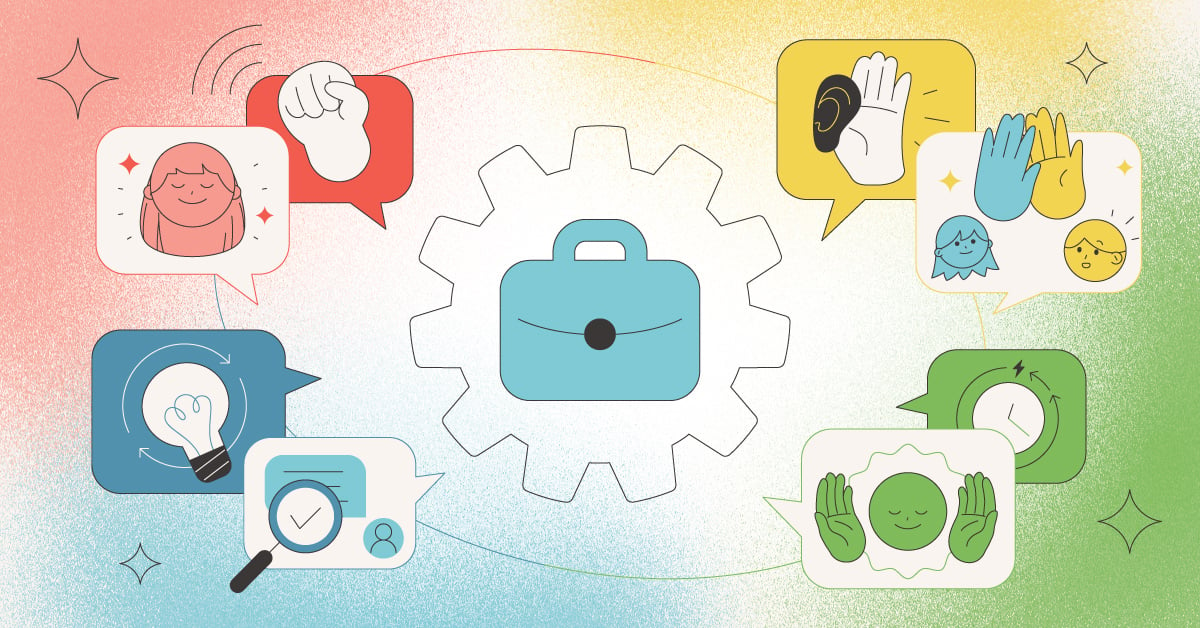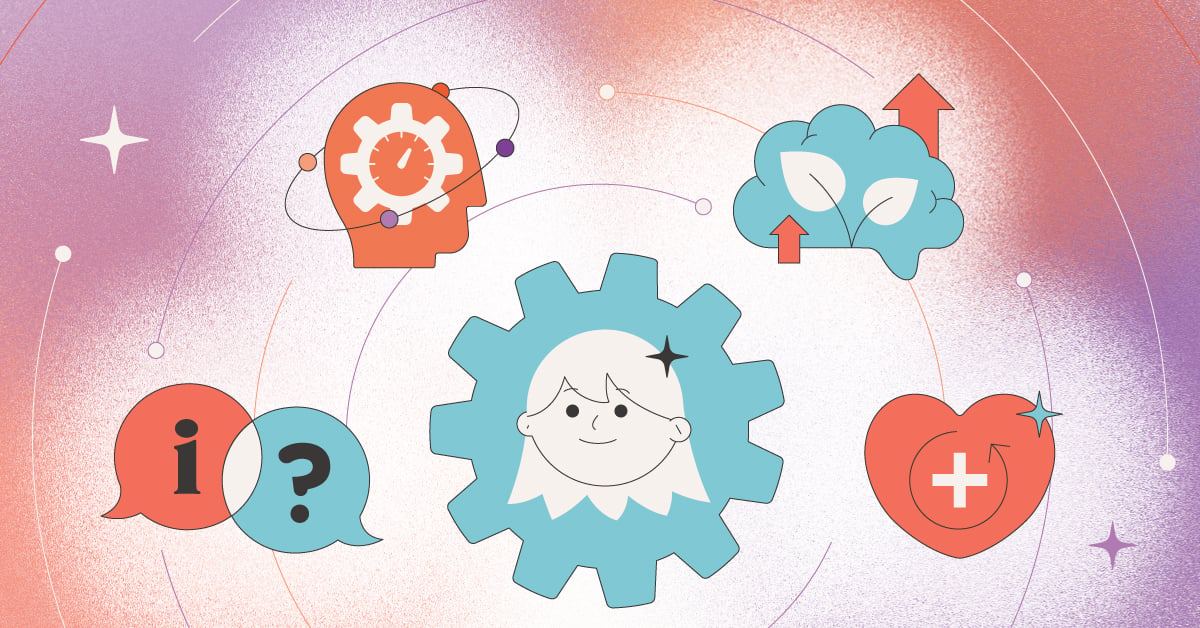
We all know someone, maybe even ourselves, who finds reasons not to move forward with a task or project. This happens even when the project is something we ultimately want to accomplish. We paralyze ourselves with questions that usually start with the words “what if.” What if this happens? What if that happens? This can be known as a “what-if” loop that prevents us from making decisions faster.
We all do that! Can you recall the last time when you were trapped in a “what-if” loop and struggled to make a decision or to take action?
This can be a real struggle for decisions of all types; whether they are immediate, short-term or long term decisions. We can be an victim of “what-if” loop in all three scenarios if we are not careful.
Three real life example
For example, I recently called out my friend when he was creating his own false risk loop. My friend always seems to have an excuse for why he won’t apply for the tutoring job even though he wants it. Every time I propose a solution, he immediately comes up with another risk or reason to hold off. “What if they don’t think I’m qualified, I never tutored anyone before.” “What if the contract is too long and I can’t balance with my school?”
One of my clients accepted an offer to become a rotational trainee. However, she is having difficulty deciding whether she should tell her boss that she’d prefer to focus on marketing instead of finance. She was struggling with the what ifs. “What if my boss thinks I’m impatient?“ "What if he thinks I’m asking too much?"
I confess I became a victim of “what if” too. Inside my mind, I said “I really like the field of psychology, but it requires years of schooling. What if I can’t afford it?” Or, “Let’s say I can afford it but what if at the end I can’t find a good career after making the investment?” Finally, I asked myself, “Even if I do find something, what if I find out it’s not my true passion?” 3 “what ifs” in the same thought process!
Everyone has a voice of resistance in their own minds. To eliminate, or at least reduce the power of this voice, use these 3 steps to master decision-making skills and make better decisions in a timely manner.
- Project the outcome and assess how much you want it
The first thing I do before making any difficult decision is to project all possible outcomes, especially the potential benefits. I often ask myself what value might I gain if I pursue this opportunity. Looking at the opposite side is equally important. A typical question I ask is what negatives outcomes could be the result of this decision?
Evaluating the outcomes is only one part of the equation. Another element I evaluate is how much I want the result. Upon reflection, if I realize it’s something that doesn’t matter so much to me, but will take a lot of effort, I might opt out.
To assess how much I want to do something, I usually observe my physiological changes when imagining a certain outcome. Physiology indicators such as heart racing, sweating and smiling provide important insight.
Deep in our hearts, we all know what we want. We say we don’t know which path we should take because we’re unsure if we can handle the cost of time, energy, strength or whatever will be necessary to accomplish our goals. We’re afraid of something. While the fear itself is real, we may not truly know what it is that we actually fear.
- Recognize and double check THE fear
Next time when you hear the ongoing internal “what-if” talk, watch out! It might be our fears in disguise. It’s critical to identify what are we afraid of and examine the reasons why we are afraid.
Take my previous example of considering to pursue a Psychology career. Let’s say it is a fact that choosing a psychology career is very challenging, but am I exaggerating how difficult it may be to find a job in that field? How do I know that? What proof do I have that can lead me to believe it’s really that difficult to land a job in the field?
Sometimes the risk doesn’t even exist! I had this false concern that after years and years of efforts, I would find out eventually that psychology is not my true passion and would have wasted my time.
If I double check this risk, I conclude that it is not true! I will have a clearer sense after a few months of learning and I can adjust my path if i don’t love it at that time.
- Develop a risk control plan
Now we’ve assessed the risk and know the risk is accurate and true. Do we opt out because the risk seems big? NO! We need to take a step further and develop a risk control plan.
To develop this plan, I usually seek answers for these questions: If things really went wrong, what could I do? What can I do to reduce the risk level? If there is nothing I can do to reduce the risk, can I afford the potential cost?
The main purpose of this step is to build my risk-control planning muscle. If I already have three solutions when facing a potential problem, I will be a lot more comfortable. Even better, I analyze all solutions to find out which one is the best. Imagine how confidently I can now enter into this new realm and be willing to take the risk.
When facing a similar risk next time, I can pull memories from my previous experiences and identify what related solutions I can apply. Part of mitigating risk is learning how I handled similar situations in the past so I can speed up my learning curve in the future.
Conclusion
Those “what-if” risk loops we create can be a bottleneck to moving forward on a project. Even worse, we may pass on opportunities relating to relationships, careers and in life, in general, due to our own self-created fears.
Here is the brutal truth: action is the only answer. We never know what could happen unless we act. But the beautiful part is that we always have choices. The journey of searching for our passion, dream career or any other meaningful opportunities in life does not mean signing a contract in blood. We learn as we go, and grow as we learn. We will get to know what works for us, what doesn’t, what values drive us and what environments we need to avoid.
To learn more about what drives you, download this comprehensive 12 Driving Forces eBook.




